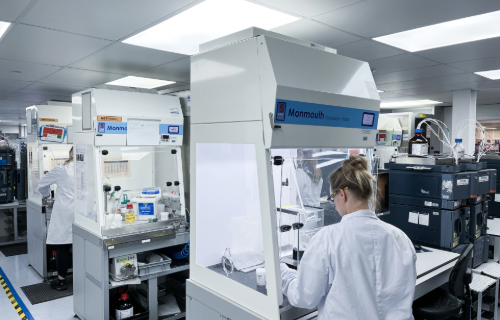Large AI models boost lab productivity but come with a significant carbon footprint, challenging sustainability goals.
A recent study sheds light on a challenge for lab managers committed to sustainability: the high energy use and CO2 emissions of advanced AI tools.
Published in Frontiers in Communication, the research shows that larger, more accurate large language models (LLMs) produce far more carbon emissions than smaller, less powerful ones. One top-performing LLM generated 50 times more CO2 than a smaller model, raising concerns about the environmental impact of widespread AI adoption in labs.
Since the launch of ChatGPT in late 2022, AI tools have rapidly become part of everyday lab work. Researchers use chatbots to summarise scientific papers, write funding proposals, and code experiments. One study even estimates that by 2024, around 10% of biomedical abstracts were created with AI help — and in some fields, that number reaches 30%.
Lab software providers have also integrated AI features for inventory control, experiment planning, and data analysis, making AI an increasingly common tool in research environments.
While AI offers clear benefits, lab managers need to carefully consider how these tools fit into their sustainability goals.
Read the full story here.











